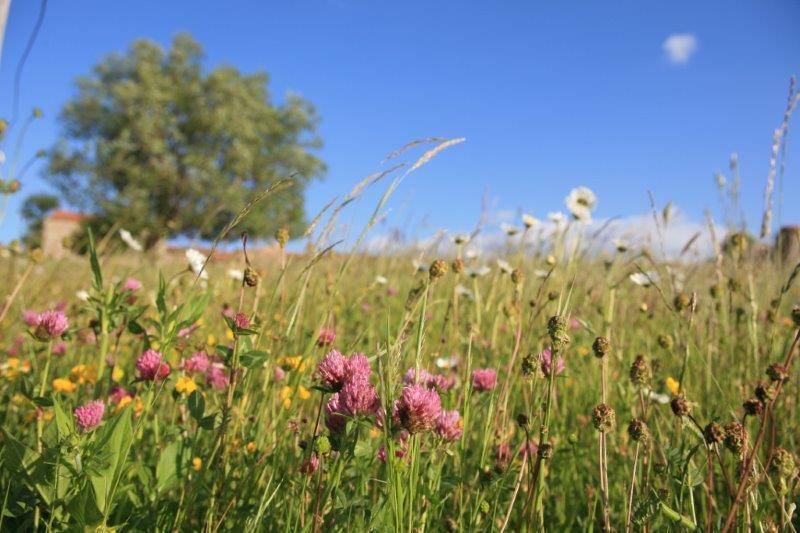This page has been automatically translated. Please refer to the page in French if needed.
Allergies
Pollens: an update on the risks of allergies
Publié le null - Legal and Administrative Information Directorate (Prime Minister)
Rhinitis, conjunctivitis, asthma... The National Aerobiological Surveillance Network (NASN) warns of a high level of allergic risk to pollens and offers a map of the most affected departments. Service-Public.fr takes stock of this phenomenon, which affects 20% of children aged 9 and 30% of adults.

According to the National Aerobiological Surveillance Network, all departments face a high level of pollen allergy risk . Rains promote the growth of grasses, whose pollen is dispersed by a return to higher temperatures and sunny weather, as reported in the NASR.
Predicted allergic risk is based on measured pollen quantities and weather forecasts.
Discover the risks of allergies according to your department thanks to the map proposed by the National Aerobiological Surveillance Network.
How Pollen Allergy Manifests
Pollens cause allergic reactions called pollinosis in the lining of the eyes and respiratory tract. Less commonly, skin reactions such as eczema or urticaria may develop.
The main manifestations of pollen allergy are allergic rhinitis or allergic rhino-conjunctivitis, often called hay fever
Gestures to protect yourself from pollen
- limit exposure;
- follow his treatment;
- consult a doctor or allergist if symptoms occur;
- rinse her hair in the evening;
- aerate at least 10 minutes per day before sunrise and after sunset;
- avoid drying laundry outdoors;
- keep car windows closed;
- avoid outdoor sports activities that lead to overexposure to pollen. Air pollution can exacerbate pollen allergies.
Please note
about 20% of children aged 9 and over and 30% of adults in France have allergies.
Additional topics
National Aerobiological Surveillance Network (NASN)
National Aerobiological Surveillance Network (NASN)
National Aerobiological Surveillance Network (NASN)
Ministry of Health
National Health Insurance Fund (Cnam)
Agenda
Déplacements
À partir du 1 mai 2024
Publié le 26 avril 2024
Impôts
À partir du 11 avr. 2024
Publié le 11 avril 2024
Prévention Covid-19
À partir du 15 avr. 2024
Publié le 18 mars 2024
Calendrier scolaire
Du 6 avr. au 12 mai 2024
Publié le 15 mars 2024

